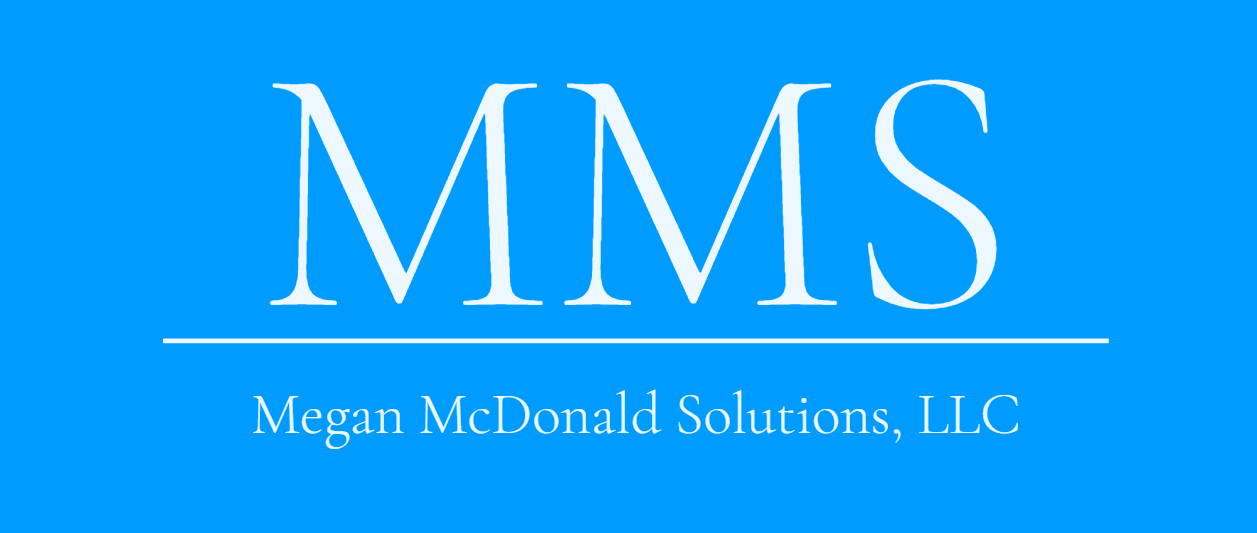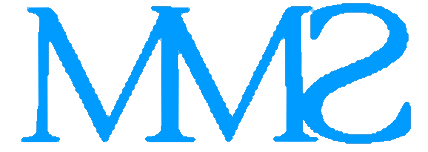Dyslexia definition:
- Dyslexia is characterized by an impaired ability to hear, identify and manipulate the smallest units of sound (phonemes)
- Dyslexia often impairs accurate and smooth
- word recognition
- sound to symbol connections
- reading comprehension
- and overall reading experience
- Dyslexia is often unexpected in comparison to other cognitive abilities
Dyslexia is unexpected: Nearly every single authoritative source characterizes dyslexia as an “unexpected” deficit such that the intelligence of the person suggests that reading won’t be a problem. Premier Yale researcher and author, Sally Shaywitz, described dyslexia as “a sea of brilliance interspersed with isolated islands of weakness.” In other words, an isolated weakness in the sounds of words surrounded by an array of strength in thinking and reasoning. Overcoming Dyslexia, Shaywitz (93).
Dyslexia is common: Dyslexia is very common, affecting 20 percent of the population and comprising about 80 percent of all learning disabilities Overcoming Dyslexia, Shaywitz (29-30).
Dyslexia does not go away: Dyslexia is a persistent, a chronic condition, and does not represent a temporary lag in reading development Overcoming Dyslexia, Shaywitz (33). While the remediation addresses functionality, it does not in any way “cure,” remove, or redefine dyslexia.
The International Dyslexia Association is the authoritative resource on dyslexia, and defines dyslexia as a specific learning disability that is neurobiological in origin. It is characterized by difficulties with accurate and/or fluent word recognition and by poor spelling and decoding abilities. These difficulties typically result from a deficit in the phonological component of language that is often unexpected in relation to other cognitive abilities and the provision of effective classroom instruction. Secondary consequences may include problems in reading comprehension and reduced reading experience that can impede growth of vocabulary and background knowledge. International Dyslexia Association, 2002




